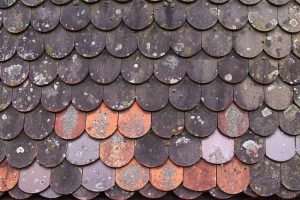Roof flashing is a crucial, often overlooked component in Dallas roof repairs, preventing water infiltration at joints and openings. Common issues include valley flashing failure causing attic mold and damaged flashing around chimneys/vents. Regular inspections and prompt repairs using high-quality materials and tools are vital for maintaining roof integrity and avoiding costly damage. Annual professional inspections are recommended to catch weather-related damage early.
“Protect your home from water damage with a comprehensive guide to roof flashing repairs. Dallas homeowners often face unique challenges due to our region’s distinct weather patterns, making proper flashing installation and maintenance crucial. This article equips you with the knowledge to understand roof flashing, identify common issues specific to Dallas, and provides a detailed step-by-step repair process. Learn which tools and materials are essential for the job and discover maintenance tips to safeguard your home from water infiltration, ensuring a dry and safe haven for years to come.”
- Understanding Roof Flashing and Its Role in Water Prevention
- Identifying Common Problems with Roof Flashing in Dallas
- Tools and Materials Needed for Repair
- Step-by-Step Guide to Fixing Roof Flashing
- Maintenance Tips to Prevent Future Water Infiltration
Understanding Roof Flashing and Its Role in Water Prevention
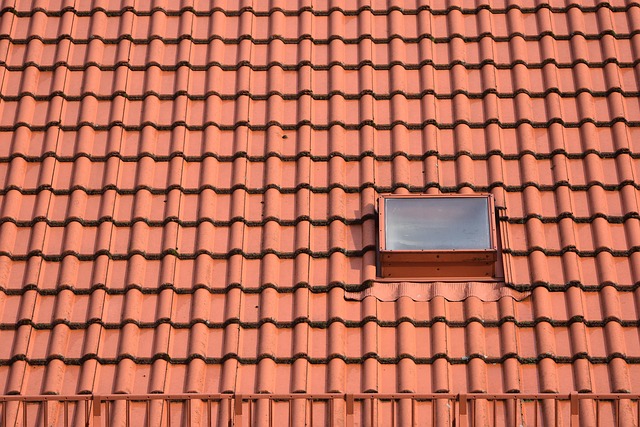
Roof flashing is a vital component in any roofing system, particularly when it comes to preventing water infiltration. It’s a thin layer of waterproof material that’s installed around various components where the roof meets other structural elements, like chimneys, vents, and skylights. In the context of roof repair Dallas, understanding how flashing works is crucial for maintaining a dry and durable home.
In a roofing system, flashing acts as a barrier, sealing joints and openings to keep rainwater out. It’s often made from materials like metal or rubber, which offer superior resistance to moisture. By effectively sealing these critical areas, flashing plays a pivotal role in protecting the entire roof structure and interior of the building from potential water damage.
Identifying Common Problems with Roof Flashing in Dallas
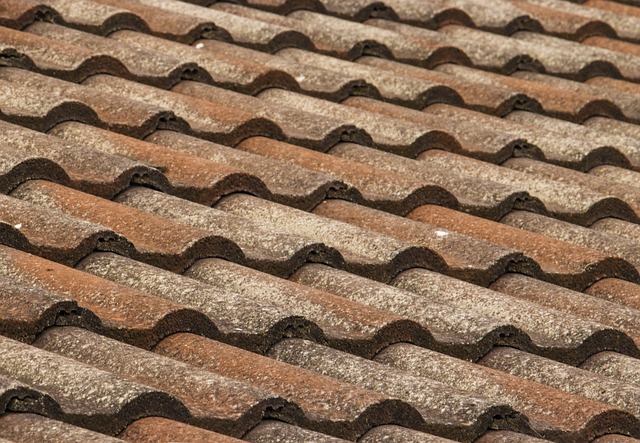
Roof flashing, a critical component in sealing the joints between your roof and other structural elements, is often overlooked until water damage occurs. In Dallas, where varying weather conditions can range from intense storms to prolonged periods of high humidity, proper roof flashing maintenance is paramount. Common issues arise due to poor installation, aging materials, or inadequate flashing design, leading to water infiltration and potential structural harm.
One frequent problem in the area is the flashing failing at the valley, a point where two roof slopes meet. This vulnerability allows water to pool and seep into the attic, causing mold growth and structural decay. Additionally, flashing around chimneys and vents can become loose or damaged, creating entry points for water during heavy rainfall. Prompt identification of these issues through regular roof repair Dallas services is key to preventing costly damages.
Tools and Materials Needed for Repair
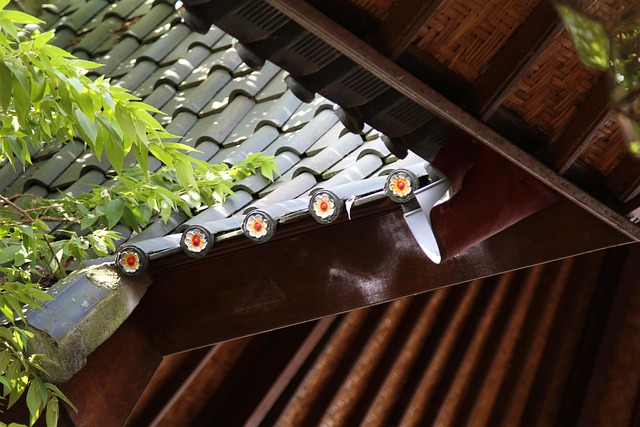
When undertaking roof flashing repairs in Dallas, ensuring you have the right tools and materials is paramount to achieving a successful and durable fix. Basic tools include a wire brush for cleaning the area, a hammer and nails or screws specific to your flashing material. For new flashing, you’ll require a roll of high-quality flashing material, typically made from metal or synthetic rubber, along with adhesive and sealing compound. Don’t forget safety gear like gloves and goggles to protect against sharp edges and chemical compounds. Proper preparation is key, so consider investing in a ladder, tape measure, and a good quality roof underlayment to enhance the overall effectiveness of your Dallas roof repair efforts.
Step-by-Step Guide to Fixing Roof Flashing
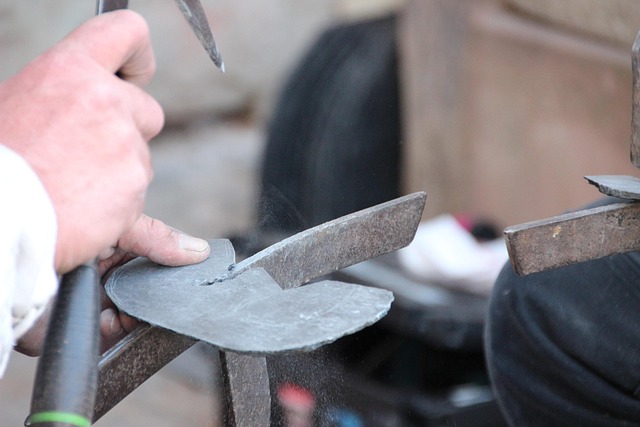
Fixing roof flashing is a crucial step in preventing water infiltration and ensuring your Dallas roof remains in top condition. Here’s a step-by-step guide to help you get started with this essential roof repair Dallas residents often need.
First, inspect the roof for any damaged or missing flashing around chimneys, vents, and valleys. Clean the area thoroughly, removing debris and rusted pieces. Next, measure and cut new flashing to size using a utility knife or tin snips. Ensure it fits snugly around the roof penetration. Apply a bead of roofing cement or caulk along the edge of the existing flashing and the top of the penetration. Press the new flashing into place, smoothing any gaps with your fingers. Finally, secure it with roofing nails, making sure they’re driven in at a slight angle to prevent tearing.
Maintenance Tips to Prevent Future Water Infiltration
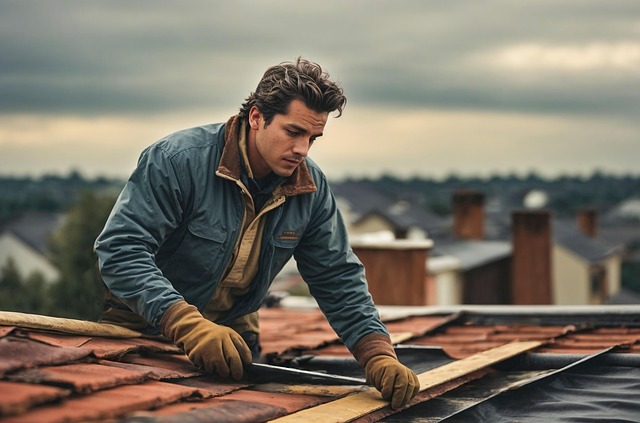
Regular maintenance is key to preventing future water infiltration, and a crucial aspect involves checking and fixing roof flashing. In addition to visual inspections, homeowners in Dallas should consider having a professional inspect their roof flashing at least once a year. This is because flashing can become damaged or loosen over time due to weather conditions, wind, or age. Early detection of any issues will make repairs easier and less costly.
During maintenance, ensure all flashing is securely attached, sealed, and free from tears or cracks. Repair or replace any damaged sections promptly, as these vulnerabilities allow water to seep into your roof and potentially cause extensive damage. Addressing flashing problems before they lead to significant infiltration can save you money on roof repair Dallas residents often face due to neglect.
When it comes to protecting your Dallas home from water damage, proper roof flashing is an often-overlooked but essential component. By addressing common issues and implementing effective maintenance tips, you can ensure a dry and safe living environment. With the right tools, materials, and a step-by-step approach, fixing roof flashing is a feasible DIY project for homeowners. Remember, regular inspections and timely repairs are key to preventing future water infiltration, ultimately saving you from costly roof repair Dallas residents might otherwise face due to neglected flashing issues.
